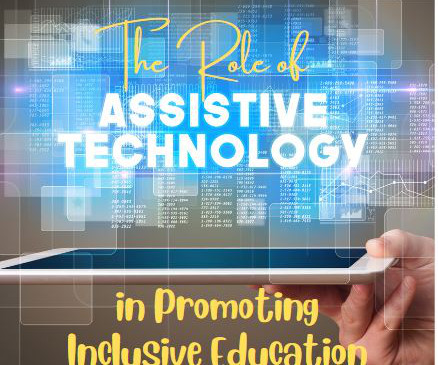The Role of Assistive Technology in Promoting Inclusive Education
Ask a Tech Teacher
DECEMBER 2, 2023
The Role of Assistive Technology in Promoting Inclusive Education Persons with disabilities may struggle with coordination problems, short attention spans, and limited mobility, which may or may not be obvious. Some disabilities include blindness, deafness, dyslexia, and autism. Let’s find out below.
















Let's personalize your content